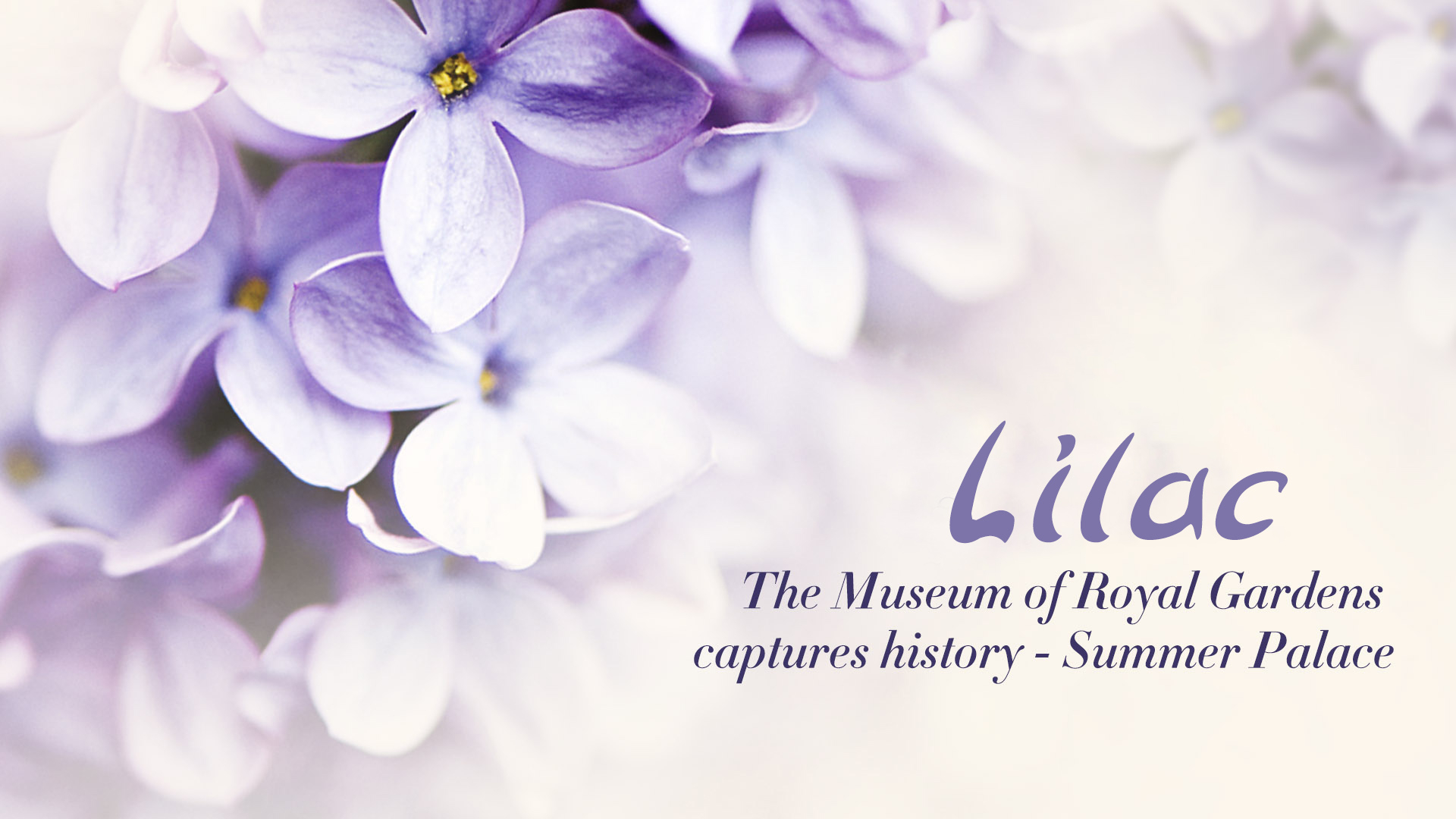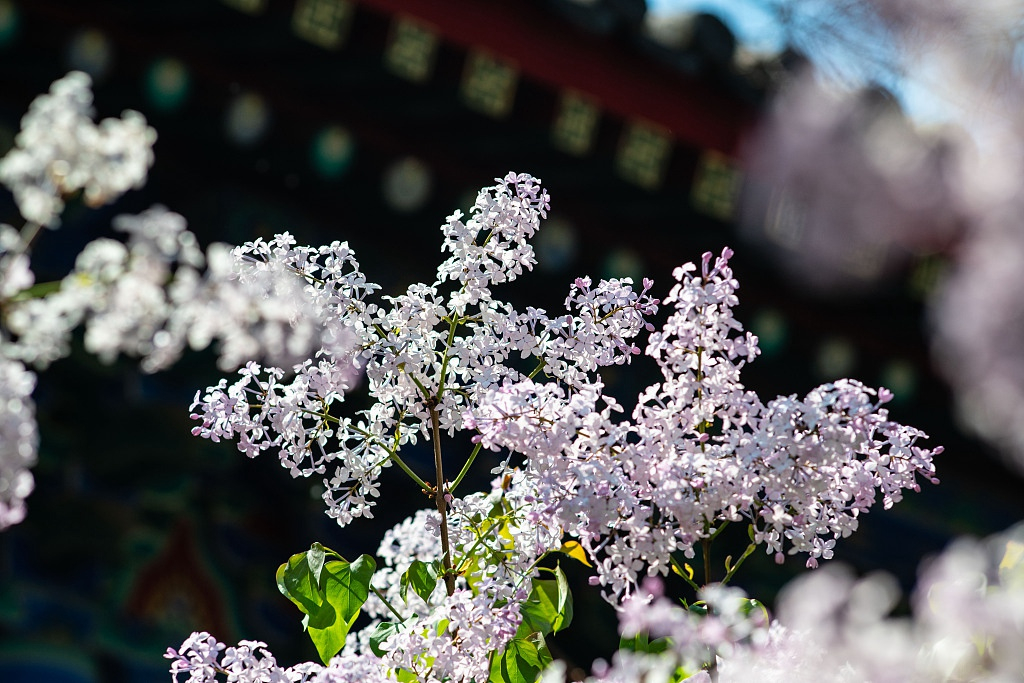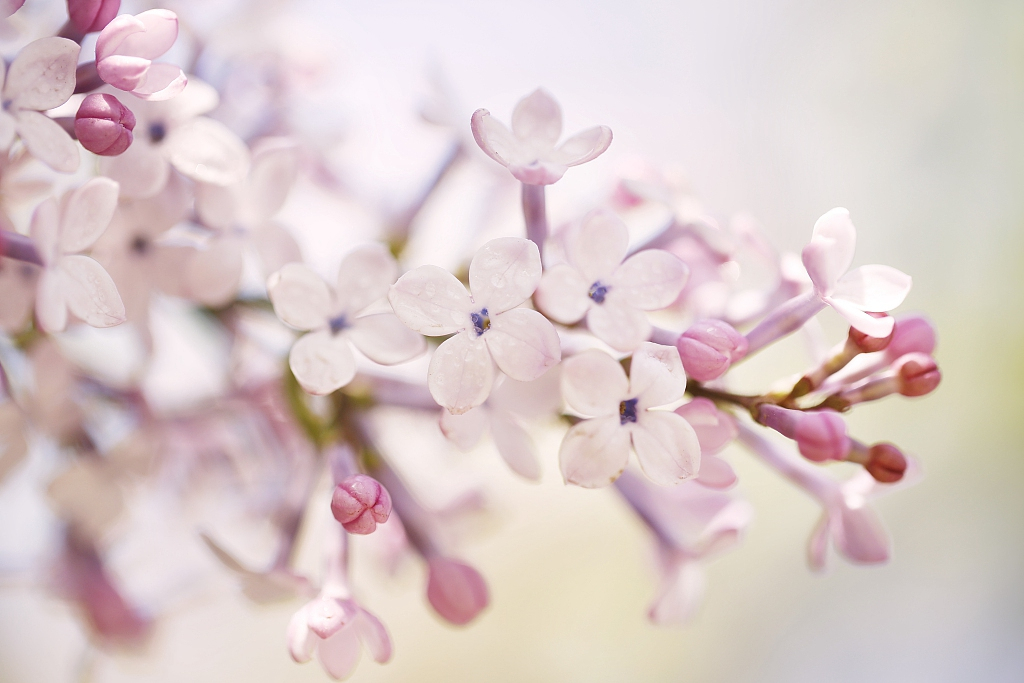
Culture
14:01, 02-May-2019
Lilac: The Museum of Royal Gardens captures history – Summer Palace
Updated
20:33, 02-May-2019
CGTN
04:14

I am a lilac, coming into
bloom in the splendid Summer Palace in such pleasant and breezy early
summertime in Beijing. Scholars and romantic gentlemen call me a fragrant and
tender plant. They also see me as a symbol of sadness and sorrow, but actually,
I am vibrant and active. There is no reason for me to pull a long face living
in this spectacular garden, having so much to appreciate here, including the
beautiful garden, and the Kunming Lake. I lead a colorful life here.
A perfect garden design based on fengshui requires the wonderful layout of water and hills, especially for royal gardens. Since ancient times, the east of the Western Hills of Beijing has been a geomantic treasure – a land lined with mountains and rivers.
Imperial palaces have been built since the Qing Dynasty (1616-1912) around the east of the Western Hills. People believe it is a fengshui treasure. Since then, the "Three Hills and Five Gardens" emerged as the royal gardens stretched over 10 kilometers.

Lilacs in blossom. /VCG Photo
Lilacs in blossom. /VCG Photo
Of all the magnificent royal gardens in Beijing, the Summer Palace is the closest to the mountains. The Longevity Hill, which is blanketed by dust and sand, is connected to the Dragon Vein of the Western Hills. From here, people can ascend through the Taihang Mountains and Qingling Mountains to the Kunlun Mountains, which are thought to be the ancestor of all mountains.
On the other hand, the Kunming Lake is considered as the center of Beijing's water system. The water from the Miyun Reservoir travels across the city through the Kunming Lake.
The Summer Palace is synonymous with fengshui. Three artificial islands were built during Emperor Qianlong's reign, including Nanhu, Tuancheng and Zaojiantang islands. These three islands are the echoes of Penglai, Wanzhang and Yingzhou from quite a distance.
The huge project of Qingyi Yuan or the Garden of Clear Ripples (the former name of the Summer Palace) was completed in 1764 when Emperor Qianlong transferred his dream of longevity and immortality to the fairyland garden.

Lilacs in blossom. /VCG Photo
Lilacs in blossom. /VCG Photo
After several wars in modern times, most of the "Three Hills and Five Gardens" were looted and burned down. After reconstruction and restoration, the Summer Palace has become a preserved royal garden, known as the "Royal Garden Museum."
Behind the beautiful landscape of lakes and mountains, the exquisite pavilions and terraces, and the magnificent halls, the Summer Palace hides the vicissitudes of history and the mysteries of fengshui, which visitors will find worthy of exploring.
(Cover image by Li Yueyun)

SITEMAP
Copyright © 2018 CGTN. Beijing ICP prepared NO.16065310-3
Copyright © 2018 CGTN. Beijing ICP prepared NO.16065310-3